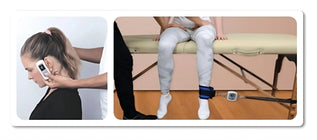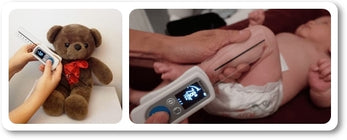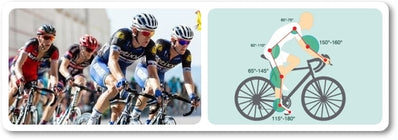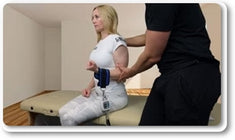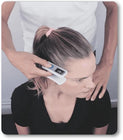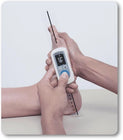Bending the Elbow During Shoulder Flexion Facilitates Greater Scapular Upward Rotation and a More Favorable Scapular Muscle Activation Pattern
Authors: Alon Rabin, Brakha R. Tabi, Timothy L. Uhl, and Zvi Kozol
Journal: Journal of Sport Rehabilitation
Link to study: here
Abstract
For its documented reliability, EasyAngle was used in a study to answer does bending the Elbow during Shoulder Flexion Facilitate Greater Scapular Upward Rotation and a More Favorable Scapular Muscle Activation Pattern
Decreased scapular upward rotation (UR) and diminished activation of the serratus anterior (SA) and lower trapezius (LT) are often observed among patients with subacromial impingement syndrome. Maintaining the elbow fully flexed during shoulder flexion may limit glenohumeral motion due to passive insufficiency of the triceps brachii and therefore facilitate greater scapular UR and increased scapular muscle activation.
To compare scapular UR, SA, upper trapezius (UT), middle trapezius, and LT activation levels between shoulder flexion with the elbow extended (Flexion-EE) to shoulder flexion with the elbow fully flexed (Flexion-EF). This study hypothesized that Flexion-EF would result in greater scapular UR, greater SA and LT activation, and a lower UT/SA and UT/LT activation ratio compared with Flexion-EE.
Methods
Cross-sectional study.

(A) Scapular upward rotation—Starting position.

(B) Scapular upward rotation—Final position.
Results
Flexion-EF resulted in greater scapular UR compared with Flexion-EE (P < .001). Flexion-EF resulted in greater SA activation, lower UT activation, and a lower UT/SA activation ratio compared with Flexion-EE (P < .001).
Conclusion
Fully flexing the elbow during shoulder flexion leads to increased scapular UR primarily through greater activation of the SA. This exercise may be of value in circumstances involving diminished scapular UR, decreased activation of the SA, and an overly active UT such as among patients with subacromial impingement syndrome.

